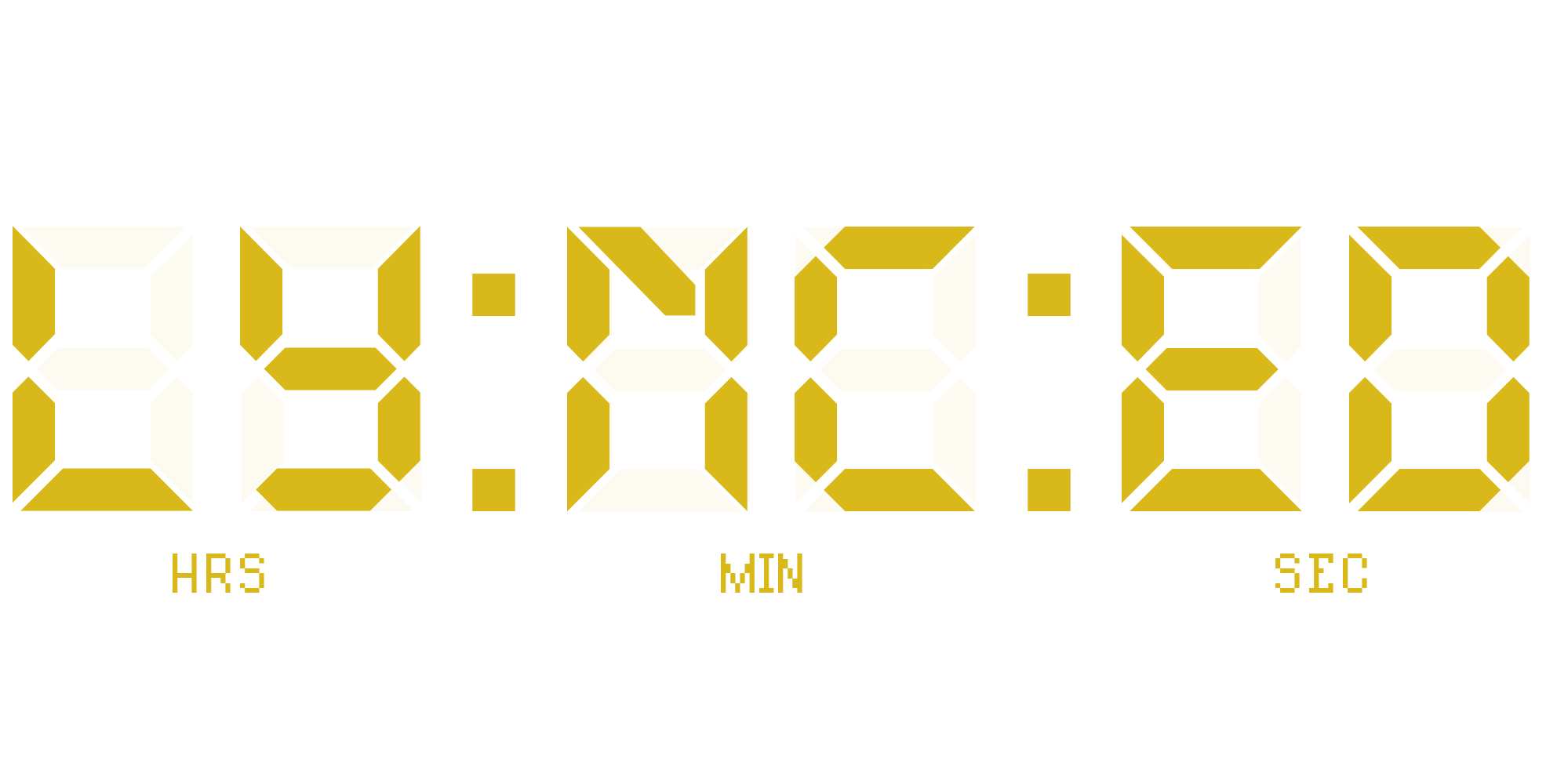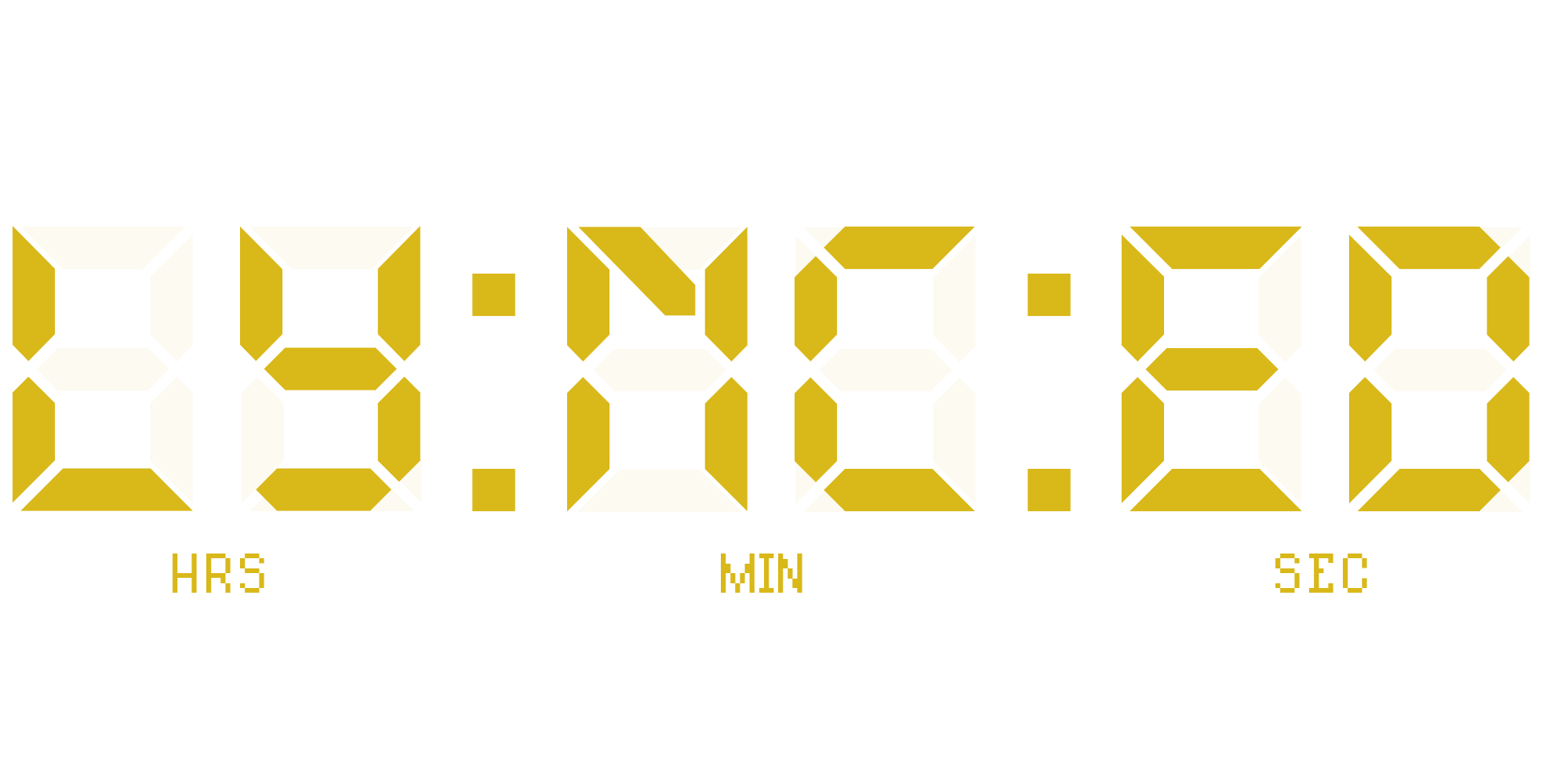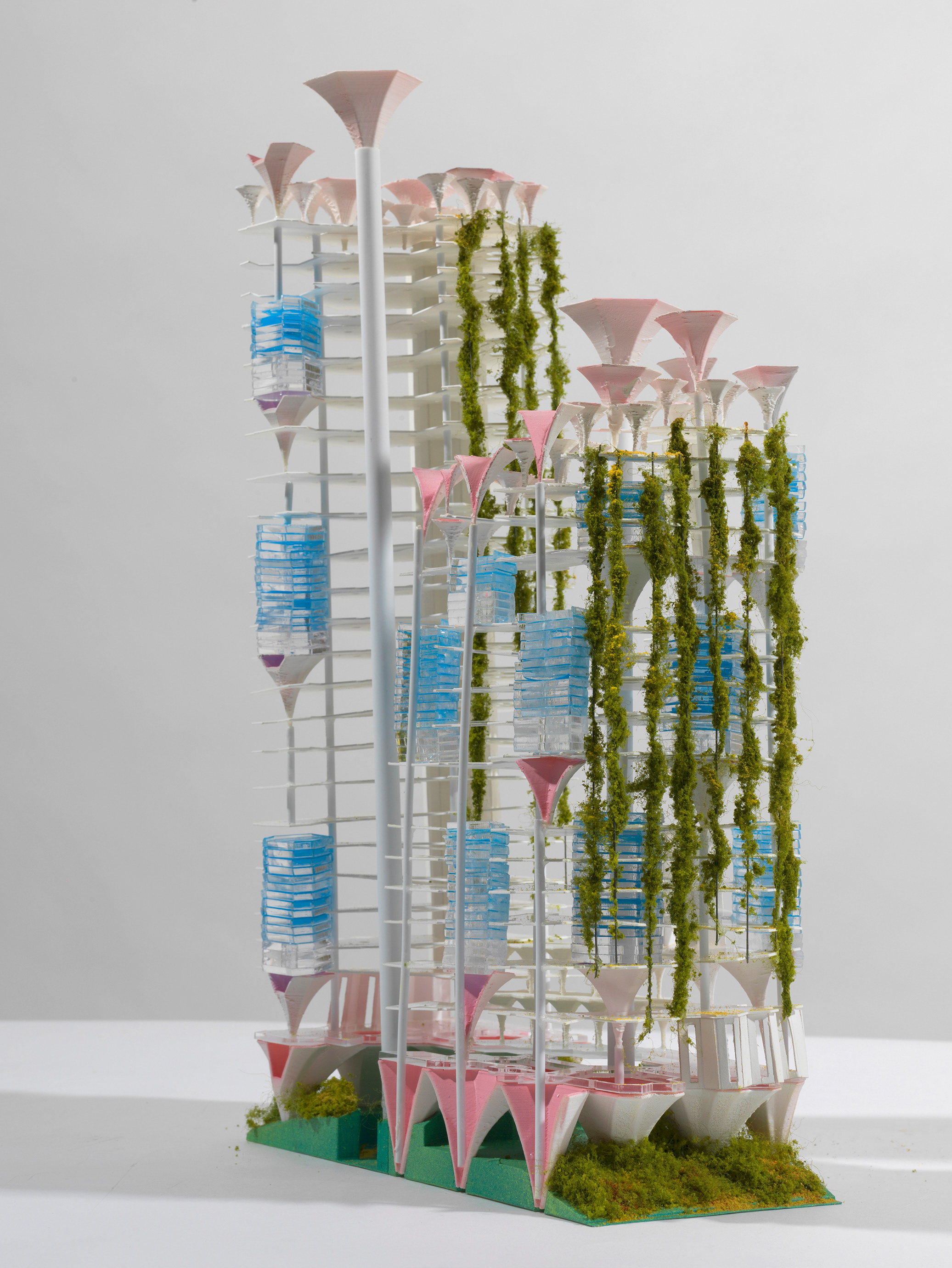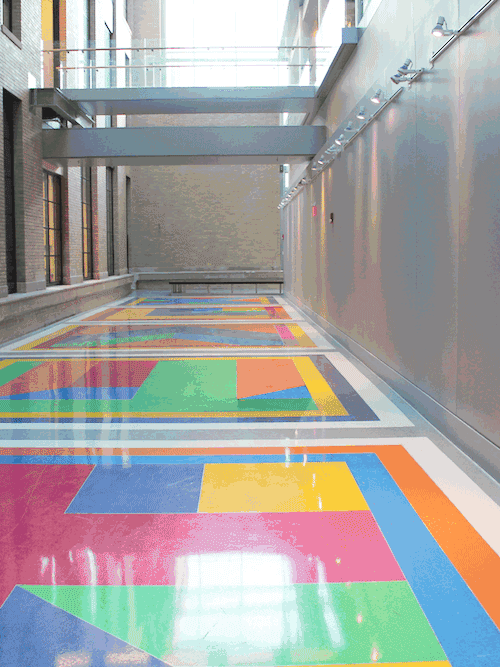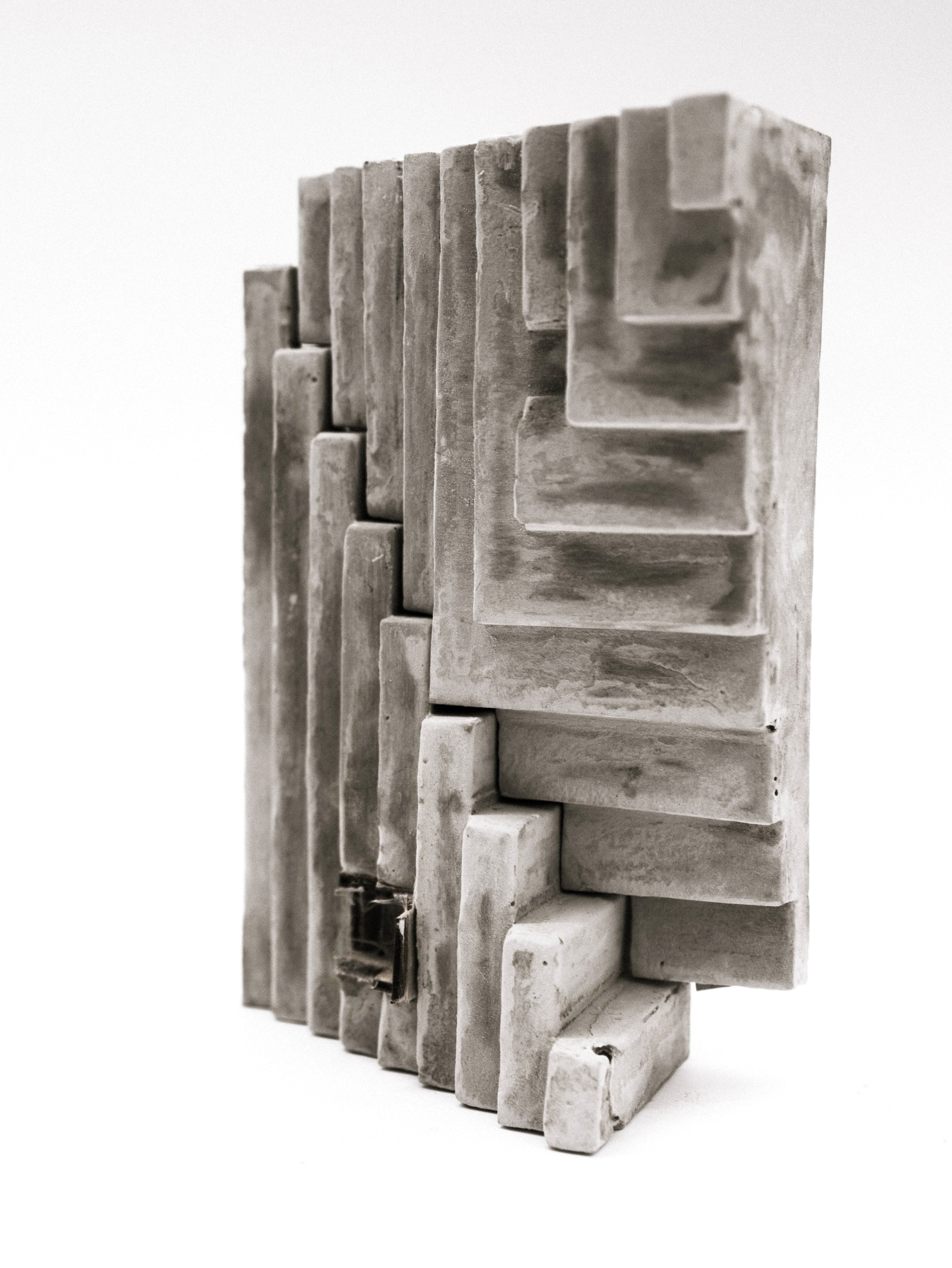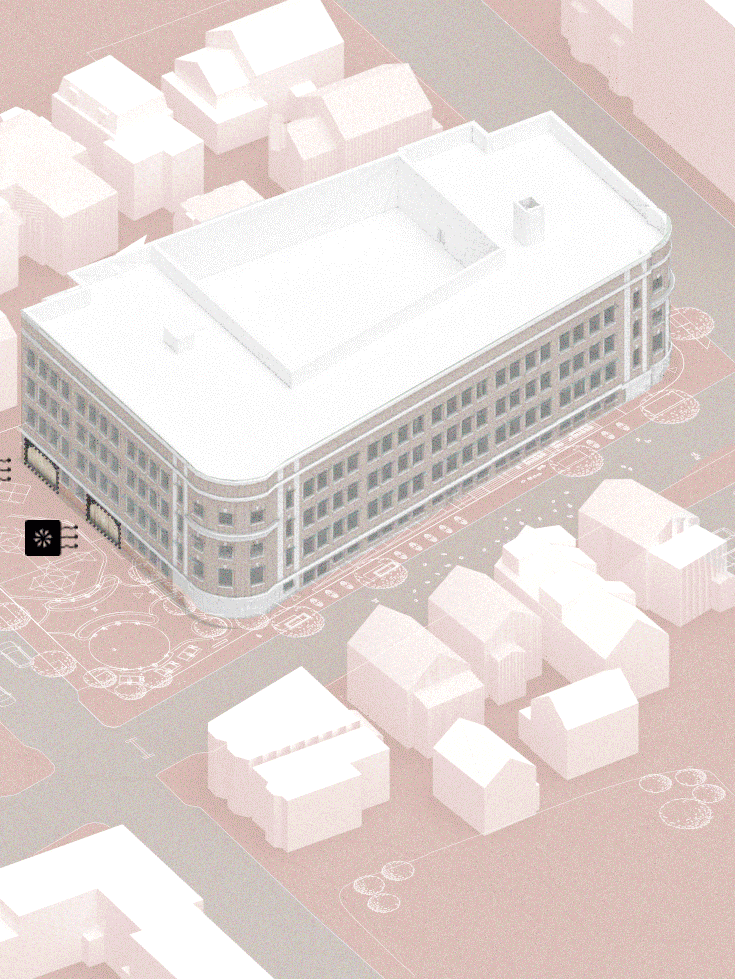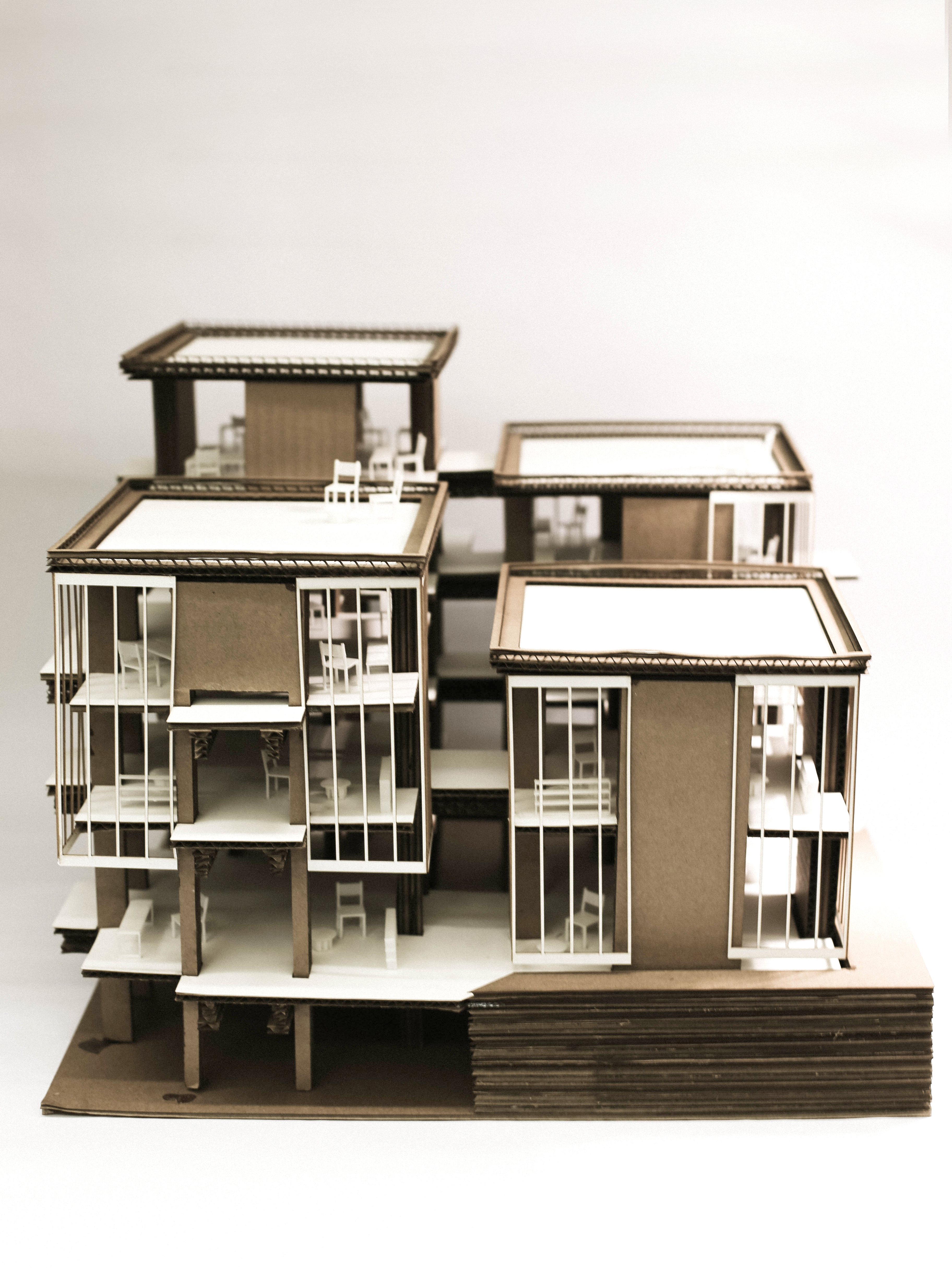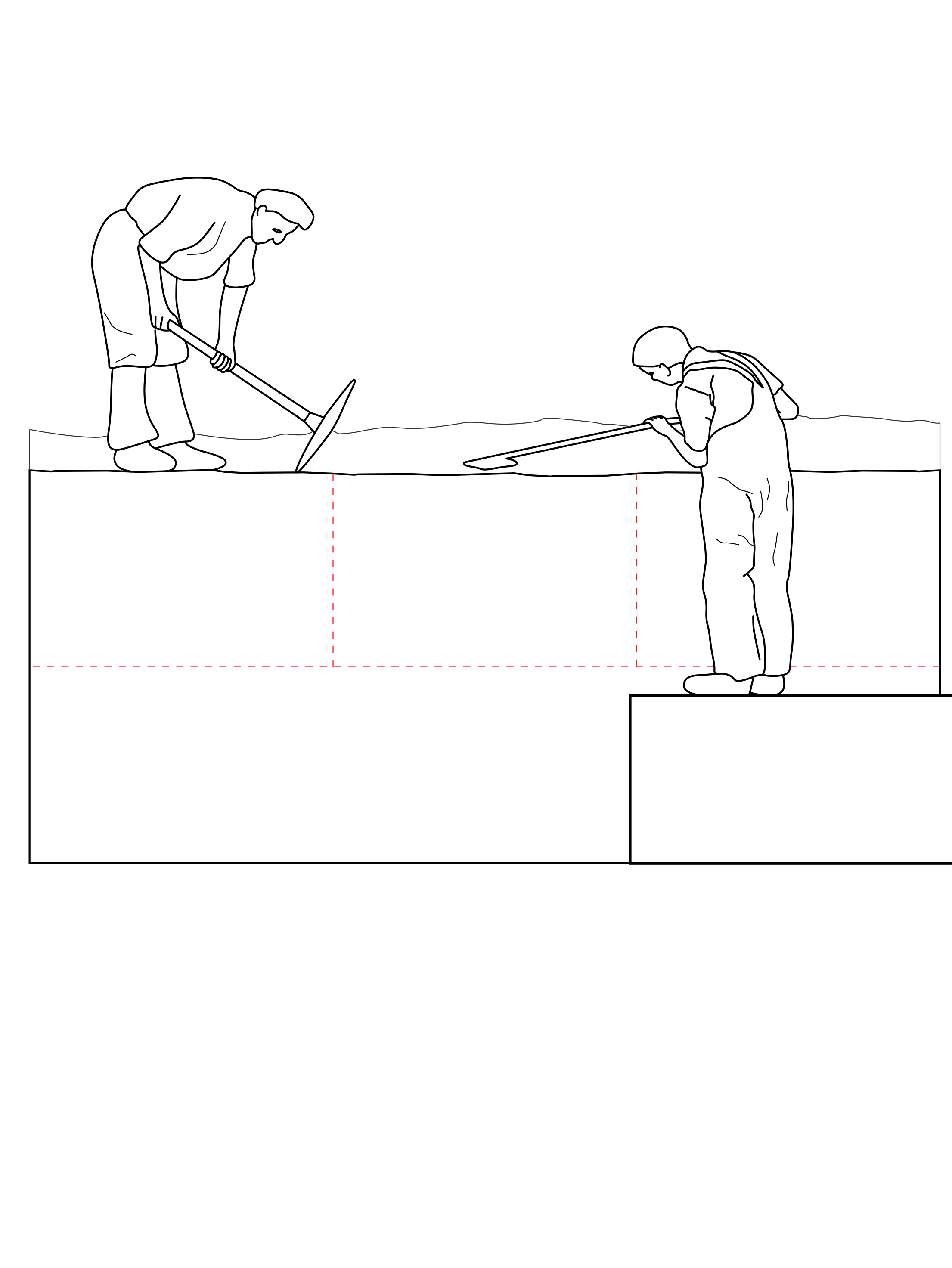This project responds to a history, but also this summer's (2020) particular political moment, of police killings and the ways that we remember victims of police brutality.
Mass marches and protests of remembrance are simultaneously localized -- to the victim’s community, to their hometown, but also abstracted and reproduced elsewhere.
So, as we had in the summer of 2020, we had protests for George Floyd in Minneapolis, but we also had them nationwide, even globally.
And as we saw, these protests are also moments to raise up and remember other names -- Breonna Taylor, Sandra Bland, Rayshard Brooks, Botham Jean, Philandro Castille... and many others.
Grief amongst these incidents exists a local moment and experience, but also becomes something that is universal and familiar, and the conditions that cause such grief (unrestrained police brutality) as a cultural condition across the country.
Police killings are also not adequately tracked in this country, the best record is a nonprofit, largely volunteer effort.
So we see the current practices of grieving as a sort of dispersed monument, and we are interested as practitioners of the built environment about thinking of what it would mean to create a permanent home for this sort of collective action around unnecessary loss of life at the hands of the state...
...which largely goes on unimpeded, with justice rarely served and little accountability of police precincts and officers and the people who manage them.
In response, the monument to which we currently offer is a collective one as a speculative garden intervention that honors those who have undergone the experience of police brutality and were killed and present to the families in mourning a Cash App fund. We present them through the lenses of the 3 characters who may experience the garden.
In siting, we were thinking of these series of monuments to be localized to state capitols, looking at Boston and Massachusetts for the sake of a test. The Boston Common's, designed by by Frederick Law Olmsted, carries with it the baggage of operating as a tool of surveillance, particularly on the black community.
Its location relative to the statehouse and courthouse, both apparatuses of policy and policing, is crucial because this is where change can be made and demanded, given the geographic area also has been an active part of past protests. This site also allows for those who often don't experience the isolated events of police brutality. There is a centralization of grieving that could take place, creating a narrative that involves all community members to engage and hopefully become active agents of anti-racism.
ACCOUNTABILITY GARDEN MEMORIAL PLAN OVERLAY
SPECULATIONS
The typology of the rose garden is symbolic as a formal space for contemplation, a collection of similar plants as a symbol, where in our telling the rose is not just the plant but is also representative of the responsibility of each precinct in the state.
Name cards and plaques are detailed with not the etymologies of roses, but the names and stories of lives lost at the hands of the precincts.
Different spaces within the garden are spaced for different kinds of reflection and gathering, based on different people’s relationships to police violence (detailed in stories below)
"This Spring marks the 10th year, from when our son, Justin was brutally taken away from us. Today, we visit the memorial in Boston Commons, an added stop in our annual family ritual after visiting his gravesite. Through the memorial, we are able to celebrate and cherish Justin’s life as it was; his name standing loud and clear in the bare, desolate, Framingham Police Precinct Rose Bush that flowers in the cold winters. Here, however, we can also mourn collectively the other sons, daughters, parents and siblings, taken tragically and before their time. The range of spaces interlaced between the rose bushes similarly allow for both individual reflection and collective engagement and grieving.
Seeing their names take center stage in the Boston Commons (at the foot of city hall) is welcome, in that it is finally a powerful acknowledgement by city, state and country, of the extent of this horrific problem. For specific precincts to take accountability of their behaviour, to maintain plants in the name of our children and loved ones, is a step forward in owning the crimes that have been committed and the inherently flawed systems they exist within. Furthermore, the annual police ritual both allows for a continuous reasserting of this accountability, but also a way to continue to mourn and celebrate the beautiful lives taken away from us. Especially important, the memorial has also allowed us to raise money in Justin’s name for Campaign Zero (a cause of our choosing) to continue the long fight. "
"It’s winter, it’s already getting dark but it’s still early - the sun setting in the distance behind the buildings. People are huddling around the different rose bushes, slowly walking from one to the other - murmurs fill the air. The collections of blues scarcely scattered across the garden peeking through the mellow greens and grays. The soft scowls of the wind rustling the leaves.
This is the accountability garden.
An officer peers over the edge of the top of the garden. You can read his slight discomfort as he retucks the bottom of his shirt, adjusting his badge, and clearing his throat. His uniform as an identifier for the longstanding tensions in the community. He is visible wherever he goes, but here - it’s a particular type of presence/everyone knows (why) he’s here. As he slowly descends into the garden, looking forward, never down the gazes of the public slowly shift to him. The overwhelming amount of rose bushes are now exposed to him - row after row. He remembers the summer photos of vivid reds and pinks, but now it is only somber blues that are hard to find (scattered amongst the empty rose bushes).
As he walks down one of the aisles of the rose bushes, he finally finds a rose bush with roses. The vivid blues stop him in his tracks. A plaque peers out with a QR code to be scanned. He scans the QR code, and an image of a young black woman appears on his phone. She, like the others, has been murdered at the hands of a police officer without any accountability. The link to her cashapp that her family set up is still open even though it's been years. It is then he realizes that only the blue rose bushes are the ones claimed by the precinct which does not include his own. As he continues to read on, his face begins to sting from the heat of his guilt building up - the cold sting of the winter breeze lashes out at him."
"I exit the T-stop, book at hand and about to use this nice sunny day to sit and walk around the Commons. As I made my way along the park’s edge, near the State House to my right lies a vision of colors in the form of roses, a part of the park I have yet to encounter. I walk towards the rose bushes and am so drawn to their presence against the uniform green foliage, whose velvety blooms produced mild yet pleasant fragrance. The roses as I further investigated varied and ranged from deep dark purples to bright reds and pinks. Below each rosebush stood a plaque with the name Juston Root, to which I then understood the significance of this site within the park, directly across from the intuitional body responsible for said deaths. Additionally the plaque maintained a QR code and the link to to a Cash App given to the family who today still seeks compensation for the punitive damage and violation towards their son.
I scanned the code to which more information of the incident that had occurred a little over a year ago in February of 2020. Root was a 41 year old man who suffered some issues with mental health including schizoaffective and bipolar disorders who was killed by the Brookline police after a chase occurred when he brandished a weapon that was NOT a working firearm. After Root appeared to pull what appeared to be a gun after claiming he was with law enforcement, in what his father explained perhaps was a “delusion”, several officers fatally shot him a total of 31 times. His sister explained officers congratulated one another after the event, to which made her feel sick and in fact makes me feel sick. I can’t imagine the mourning to which the family has faced especially in this current moment. It just seems so heartless. I send $20 towards the link, knowing well it would not ever be able to repair or replace their loss. I just want to help to the best I can. To ignore is to not be accountable. "

